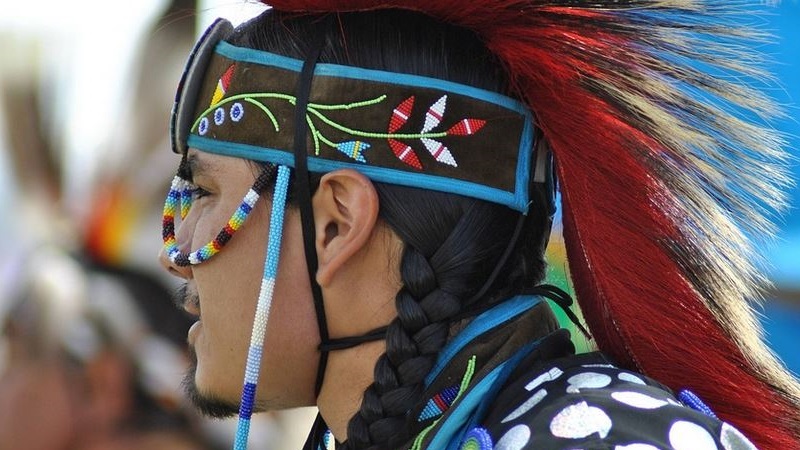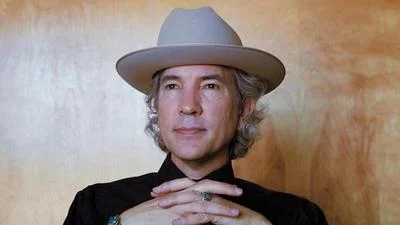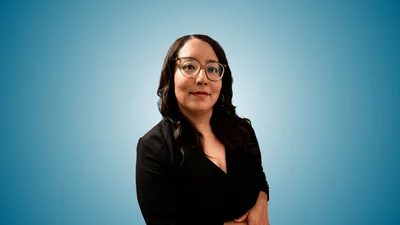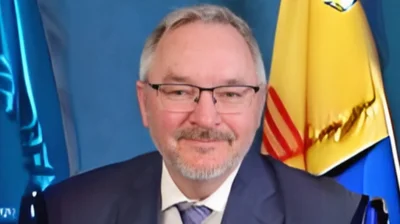A place once built to erase Native American culture is now embracing and teaching it to the coming generations.
The Native American Community Academy (NACA) is located in one of the former boarding schools that existed from 1819 to 1969 with the purpose of eradicating Native American traditions, customs and religions. Albuquerque Indian School, which it was then called, was one of 45 federal Indian boarding schools in New Mexico and one of more than 400 throughout the nation, according to KOB 4 report.
Today, NACA is a charter school teaching students from K-12 about Native American history.
“We have actually had many students whose families and grandparents have connected here, and shared stories as knowledge keepers at our school,” Mikki Carroll of NACA told KOB 4.
NACA's role in promoting the positive aspects of Native American culture is important after a report on the abuse Native American children once endured. The report, commissioned by the Interior Department and released earlier this month, detailed the abuse children at the government-run schools endured, including beatings, starvation and solitary confinement. Burial sites were discovered at more than 50 of the former schools and “approximately 19 federal Indian boarding schools accounted for over 500 American Indian, Alaska Native and Native Hawaiian child deaths,” the report said, with that number expected to grow.
“The languages, the cultures, religions, traditional practices and even the history of Native communities, all of it was targeted for destruction,” Department of Interior Secretary Deb Haaland said in the KOB 4 report.
Today, NACA features a curriculum that promotes Native American heritage and culture. NACA Executive Director Zane Rosette told KOB 4 she believes the school is not only teaching Native American history but also building future leaders.
“What this used to represent is no more here at NACA,” Rosette said. “But having that understanding of the atrocities that went on are some of the things that are taught within our curriculum so that our kids understand what their parents, grandparents and great-grandparents may have went through, and we’re going to make a better life for our communities moving forward.”









